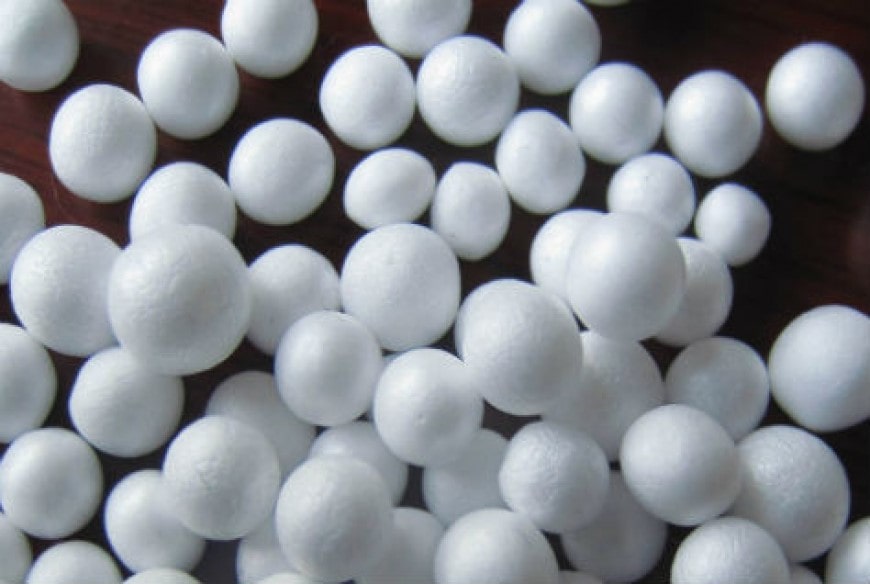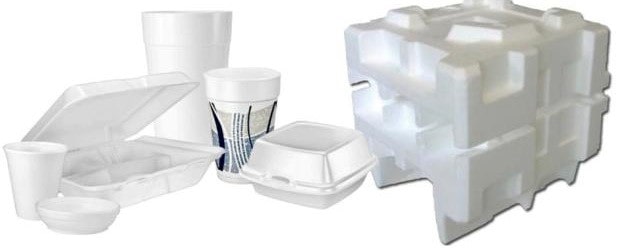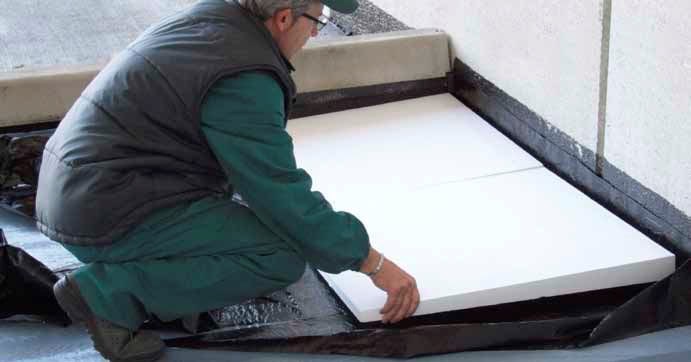What is the application of expanded polystyrene in different industries? EPS, or expanded polystyrene, is commonly known as ionolite. This type of polystyrene has many properties, including fire resistance. It comes in white granules and is lightweight.
The expandability of this product depends on the amount of pentane gas that is trapped during the production of these materials. Expansion process in this product: Due to the heat that comes out of the water vapor inside the polystyrene beads, this material expands. Another feature of expanded polystyrene is that it is environmentally friendly and does not pose a danger to humans. This product is recyclable and has a very high resistance to fire.

EPS uses
What is the use of expanded polystyrene?
Packing:
One of the most widely used expansion polystyrenes is the packaging industry, which has been in this industry for more than 50 years. In addition, expanded polystyrene is used for such things as the production of thermal insulation for buildings, its use in containers for cargo transportation, rapid freezing, and refrigeration.
One of the concerns of manufacturers in various industries and occupations is the use of high-quality and accurate packaging to supply their products to the world. So that they are not damaged in the process of transportation and supply of the product and reach the consumer in the best possible way.
Expanded polystyrene with features such as lightweight, moisture resistance, thermal and dimensional stability, moldability, and high impact resistance makes it an ideal option for packaging sensitive electronic devices.
Another item on the list of applications of expanded polystyrene is its use in the pharmaceutical and food packaging industry, due to its properties such as perishability and greater moisture resistance.
Insulation:
Another example of the use of expanded polystyrene is its use in the insulation industry. Non-perishability in the long run and very high resistance to heat have made it known as an excellent material for insulating refrigerators.
In recent years, EPS has been recognized as a viable alternative to GPPS and pottery in building walls. Using it has greatly reduced manpower costs, as well as saving on concrete costs and consumption.
In general, expanded polystyrene beads are marketed as a final product and then converted into various parts and polystyrene by consumers without any chemical reaction. This material is used in the field of insulation and packaging based on shape, size, and density.
Fire resistance:
One of the applications of expanded polystyrene is in the manufacture of prefabricated materials such as sandwich panels. This product is also used in other industries such as molding and casting. In this way, the molten material is transferred into the polystyrene foam, which over time and due to very high heat, the expanded polystyrene will be destroyed and a piece will be formed.
The most important item in the list of applications of EPS is its fire resistance, which due to its unique expansion capabilities and excellent acoustic and thermal properties, makes it an option for use on building walls instead of rabbit and pottery.

Using EPS in packaging
Properties of expanded polystyrene
- Excellent thermal insulation
- Fire resistance and fire resistance
- Excellent mechanical properties such as high resistance to pressure and impact. Also, eliminate shocks from blows
- Waterproof capability and high resistance to moisture
- Possibility of cutting and molding in various shapes
- Low cost per unit volume
- The stiffness percentage is very high compared to the weight. So that the prefabricated parts that are made with this material, have high durability and are lightweight.
- This type of polystyrene has a low density.
- One of the outstanding features of expanded polystyrene foam or EPS is its fire-retardant capability, which does not spread flames during a fire. It goes out immediately when the direct flame goes away. It has been observed that it does not emit any thick smoke during a fire, and when the fire goes away, it is easily extinguished and no flame remains.
- Another feature of this type of polystyrene is its resistance to events such as earthquakes. This is because it reduces the dead load of the building and has a higher resistance to earthquakes and does not break.

